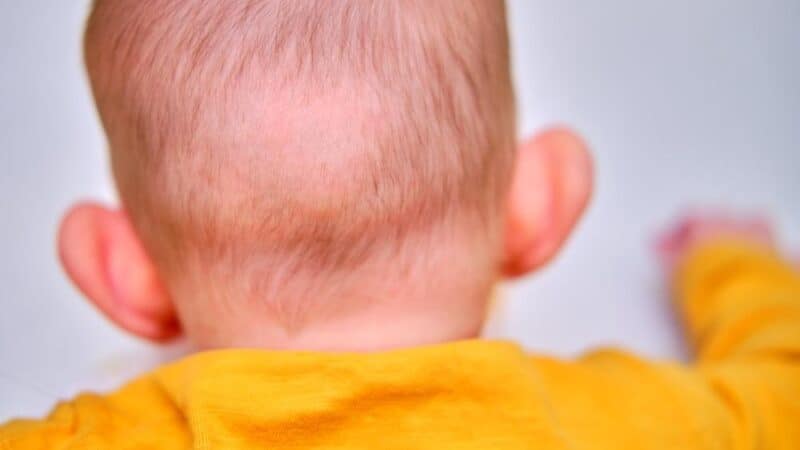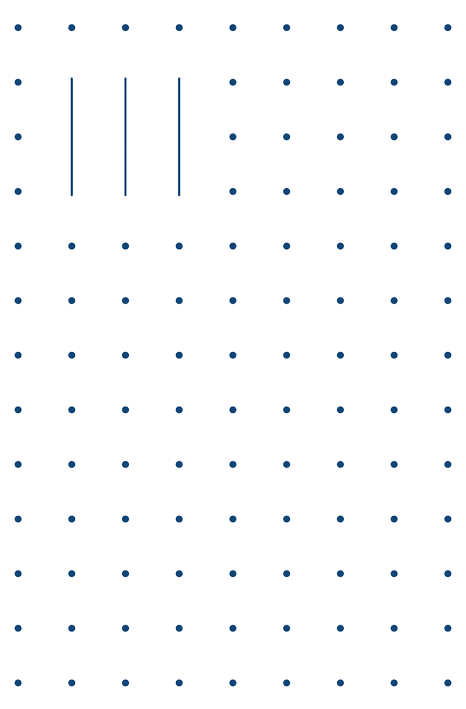
Why Hair Loss Happens in Children and How to Prevent It
Understand the causes of hair loss in children and explore effective treatments to restore confidence and healthy hair growth.

Understand the causes of hair loss in children and explore effective treatments to restore confidence and healthy hair growth.

Did you know that hair loss can affect people of all ages—even infants and school-aged children? While it may be surprising to many parents, the condition is not uncommon and can be triggered by a variety of reasons depending on age and health. By understanding what causes hair loss in children, parents can better take care of their child’s scalp and hair health while also exploring treatment options to prevent further shedding.
It’s common for newborns to experience hair loss during the first 3 to 6 months after birth. This is part of the natural hair growth cycle known as the telogen phase, where hair that developed in the womb falls out to make way for new strands. This type of hair loss is completely normal and typically resolves on its own as part of healthy development.
Some children may develop allergic reactions to hair care products, even those labeled as gentle or formulated for babies. These products might still contain ingredients that irritate sensitive skin, leading to scalp issues and hair loss. To avoid this, it’s best to consult a pediatrician before introducing any new shampoo, conditioner, or soap, especially if your child has sensitive skin or a history of allergies.
Believe it or not, stress is also one of the common causes of hair loss in children. Kids can feel emotional stress from various situations—academic pressure, household conflict, or changes in their routine. Some children cope with stress by physically pulling out their own hair, a condition known as trichotillomania. Recognizing behavioral signs early and providing emotional support can help reduce the likelihood of stress-induced hair loss.
Hot and humid climates, like in Thailand, make children more vulnerable to scalp infections such as tinea capitis (a fungal scalp infection). These conditions often go unnoticed by children and require close attention from parents or caregivers. Fungal infections can lead to patchy hair loss if untreated.
To help prevent this:
A lack of essential nutrients and vitamins can affect hair growth and is one of the most common causes of hair loss in children. If you’re wondering what nutrients your child might be missing or which vitamins are important for healthy hair, here are the key ones every child should get regularly:

To prevent and treat hair loss in children, here are the most effective and practical methods parents can follow:
Hair and scalp are at their weakest when wet. Using hair products that contain harsh chemicals can cause further irritation or damage. It’s best to choose gentle, chemical-free shampoos and conditioners formulated for sensitive skin to protect both the scalp and hair.
For children experiencing hair loss caused by stress or anxiety, parents should closely observe their behavior and engage them in relaxing activities. This helps relieve tension and discourages habits like hair-pulling, which can worsen hair loss.
Proper nutrition plays a vital role in healthy hair growth. Encouraging a diet rich in essential vitamins and minerals helps reduce hair loss and improves natural shine. Here are recommended nutrients and their food sources:
Found in: lean meats (chicken, fish), eggs, tofu, beans, milk, and dairy products.
Found in: spinach, kale, red meat, liver, nuts, and seafood like oysters.
Found in: egg yolks, almonds, walnuts, avocado, and bananas.
Found in: salmon, mackerel, avocados, and walnuts.
Found in: carrots, sweet potatoes, spinach, broccoli, and mangoes.
Found in: oranges, guavas, kiwis, strawberries, red bell peppers, and pineapples.
Found in: almonds, sunflower seeds, avocados, broccoli, and rice bran oil.
Found in: seafood (especially oysters and shrimp), red meat, pumpkin seeds, and nuts.
If your child develops any scalp abnormalities such as redness, itching, or flaking, it’s best to see a dermatologist as soon as possible. These symptoms may indicate an underlying condition that requires medical treatment.
Signs that mean it’s time to visit a specialist include:
Early diagnosis and treatment can help ensure proper recovery and prevent long-term hair problems.
Understanding what causes hair loss in children and knowing how to prevent it are crucial steps toward maintaining strong, healthy hair from a young age. With proper scalp care, a balanced diet, and emotional support, parents can reduce the risk of ongoing hair loss in children and ensure their overall well-being.
For adults struggling with persistent hair loss or thinning, early diagnosis and professional treatment are key to restoring confidence and promoting healthier hair growth.
If you’re looking for expert solutions, Bangkok Hair Clinic offers comprehensive care and advanced treatments tailored to your needs. As a trusted hair loss clinic in Bangkok, we’re here to help you rebuild your hairline and restore your confidence—at any age.
ข้อมูลอ้างอิง